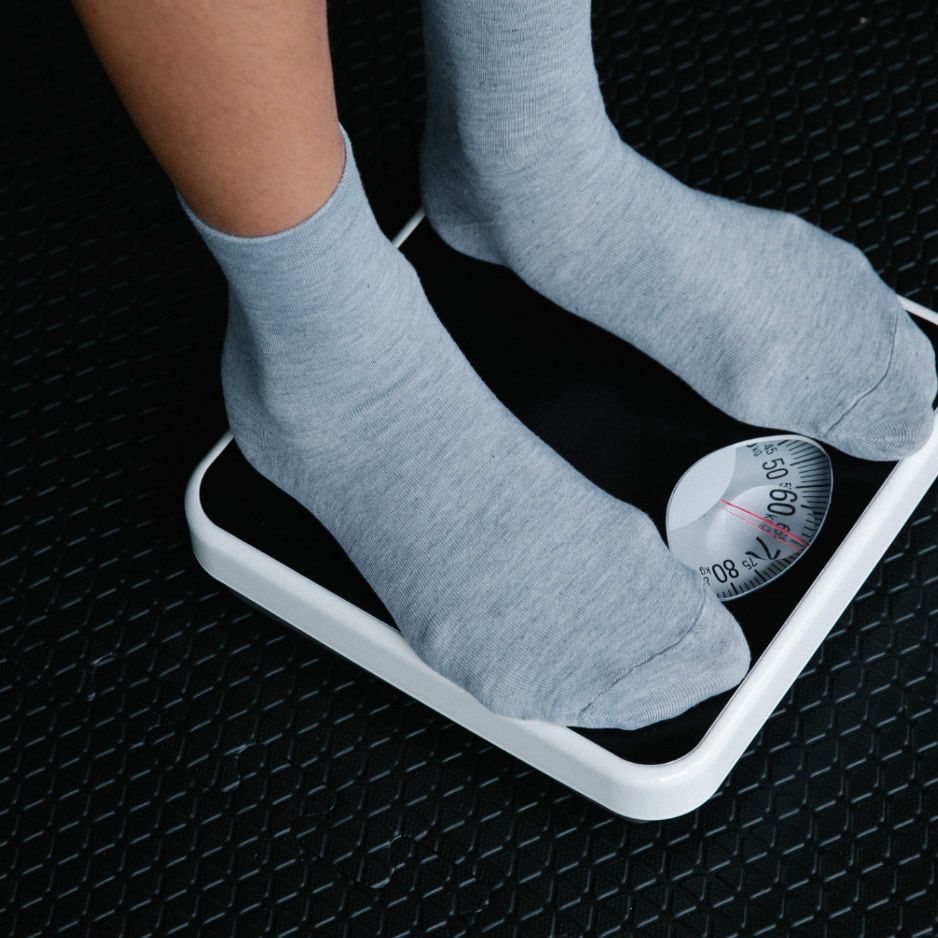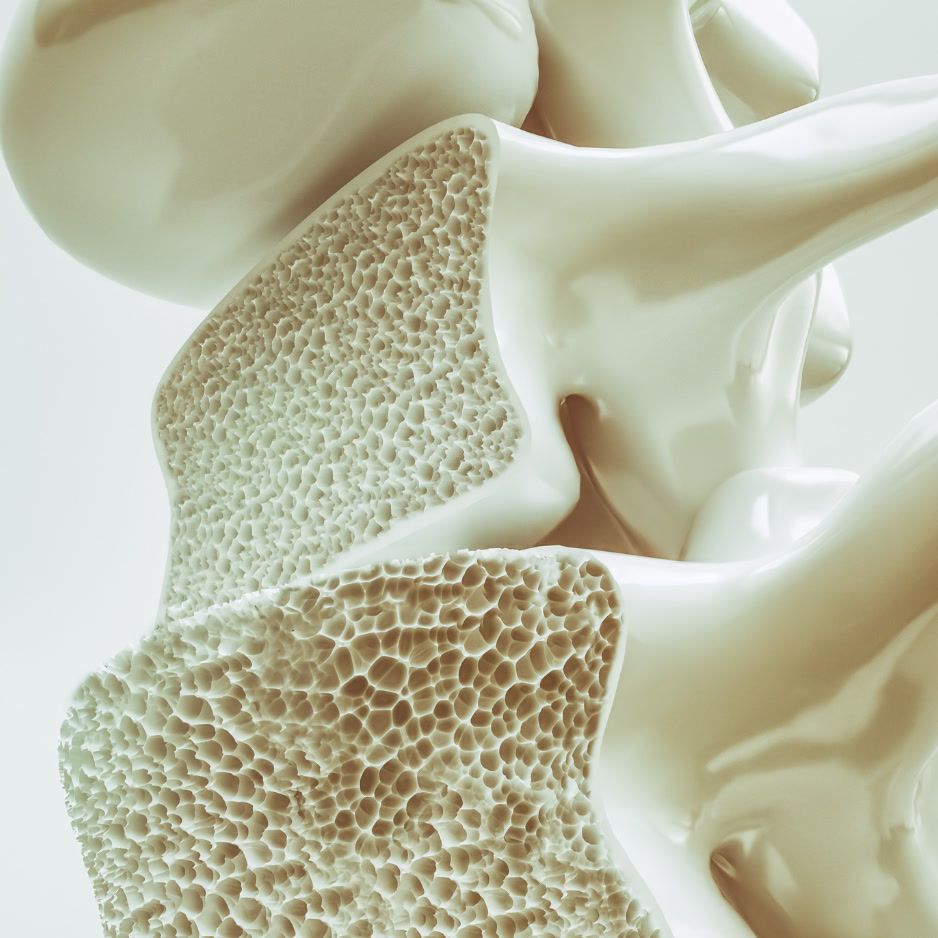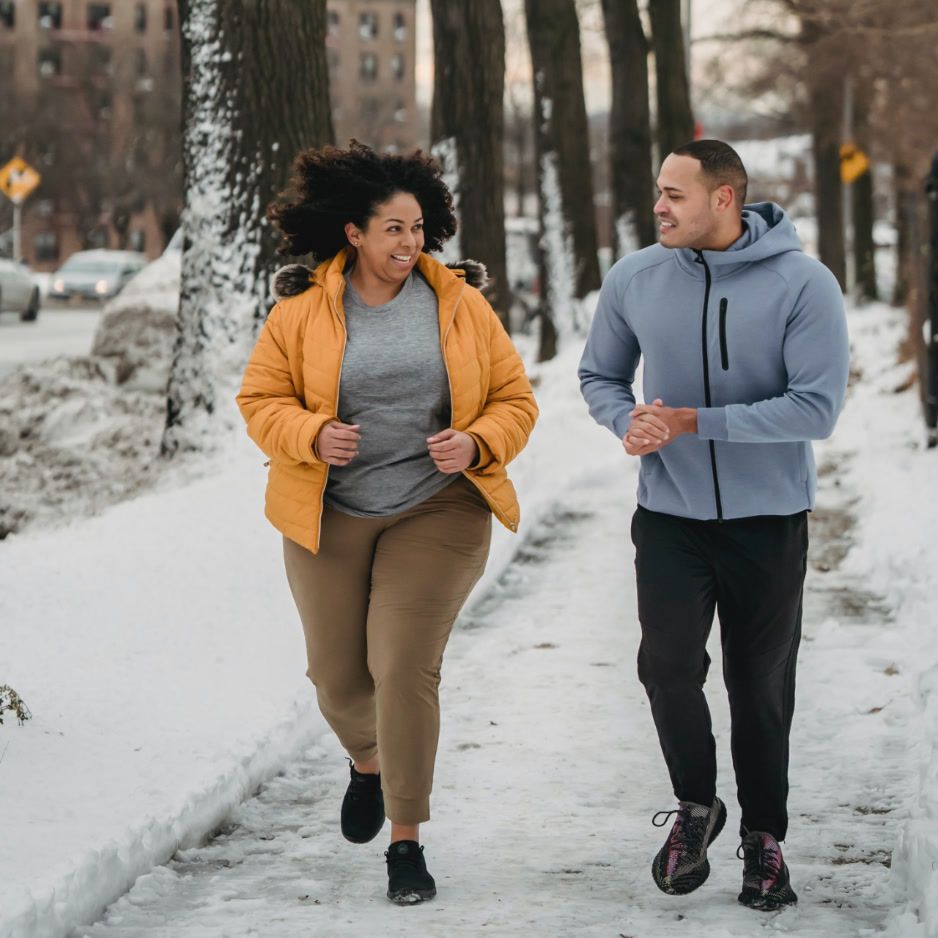30-Day 20,000 Steps Challenge Guide
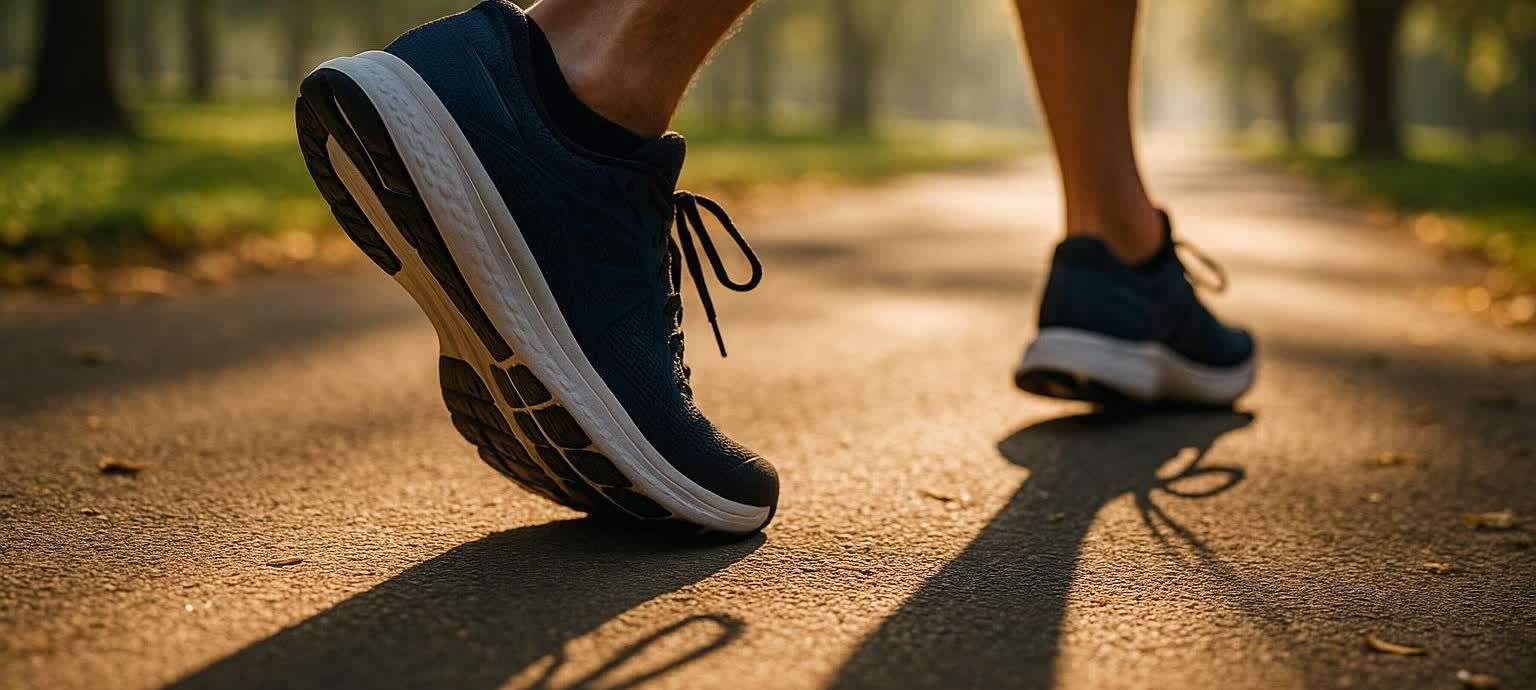
30-Day 20,000-Steps-a-Day Challenge: Science-Backed Plan, Calorie Tables & Body Transformation Tips
Walking is often overshadowed by trendier workouts, yet national guidelines confirm it delivers substantial health benefits with minimal barriers to entry (CDC Physical Activity Guidelines, 2020). A quick search for "20k steps a day" on social media reveals thousands of challenge posts—because bumping your daily total up to 20,000 steps (roughly 9–10 miles) isn’t just a flashy trend. It’s a proven way to burn calories, trim visceral fat, and sharpen mental clarity. A study of Scottish postal workers showed that those averaging ≥ 15,000 daily steps displayed virtually no metabolic-syndrome risk factors, unlike their desk-bound peers (International Journal of Obesity, 2017).
Ready to discover what walking 20,000 steps a day can do for you? Use this guide to build up safely in 30 days, dodge overuse pitfalls, and track your body-composition progress like a pro.

Quick Facts: 20K Steps at a Glance
| Metric | Approximate Value |
|---|---|
| Distance | 9–10 miles (14–16 km) |
| Walking Time | 2.5–3.5 hours total per day |
| Calories Burned* | 600–850 kcal |
| Typical Pace | 3.0–3.5 mph (17–20-min mile) |
Estimates for a 150–210 lb (68–95 kg) adult at 3 mph on level ground. Actual burn varies by weight, terrain, and speed.
Table of Contents
- Why 20,000 Steps? Evidence-Based Benefits
- Is It Safe? Risks & Readiness Checklist
- Baseline Assessment: Know Your Starting Point
- 30-Day Plan to Reach 20,000 Steps a Day
- Calorie-Burn Calculator
- Sample Daily Schedules
- Gear & Tech Tips
- Recovery, Mobility & Injury Prevention
- Fuel & Hydration Guidelines
- Track Your Transformation With DEXA
- FAQ
- Next Steps
1. Why 20,000 Steps? Evidence-Based Benefits
- Heart & Metabolic Health. A 2023 dose-response meta-analysis of 226,000 adults reported:
- 15 % lower all-cause mortality for every additional 1,000 daily steps.
- 14 % fewer cardiovascular deaths per extra 1,000 steps.
- Benefits started around 4,000 steps, were strongest between 7,000–13,000, and remained measurable up to nearly 20,000 steps (European Journal of Preventive Cardiology, 2023).
- Visceral-Fat Reduction. Higher step counts correlate with significantly lower visceral adipose tissue—deep belly fat wrapped around organs—even when diet is held constant (Medicine & Science in Sports & Exercise, 2023).
- Mood & Cognitive Boosts. A 2022 randomized controlled trial found larger anxiety drops and bigger boosts in positive mood after a 15-minute walk in nature compared with the same walk in an urban setting (Frontiers in Behavioral Neuroscience, 2022).
2. Is It Safe? Risks & Readiness Checklist
Most healthy adults can work up to 20,000 steps, but watch out for common pitfalls:
| Potential Issue | Prevention Tip |
|---|---|
| Shin splints & plantar fasciitis | Increase mileage gradually; rotate shoes |
| Knee or hip pain | Strengthen glutes & core 2–3× weekly; choose softer surfaces whenever possible |
| Overtraining fatigue | Schedule at least one low-step recovery day each week |
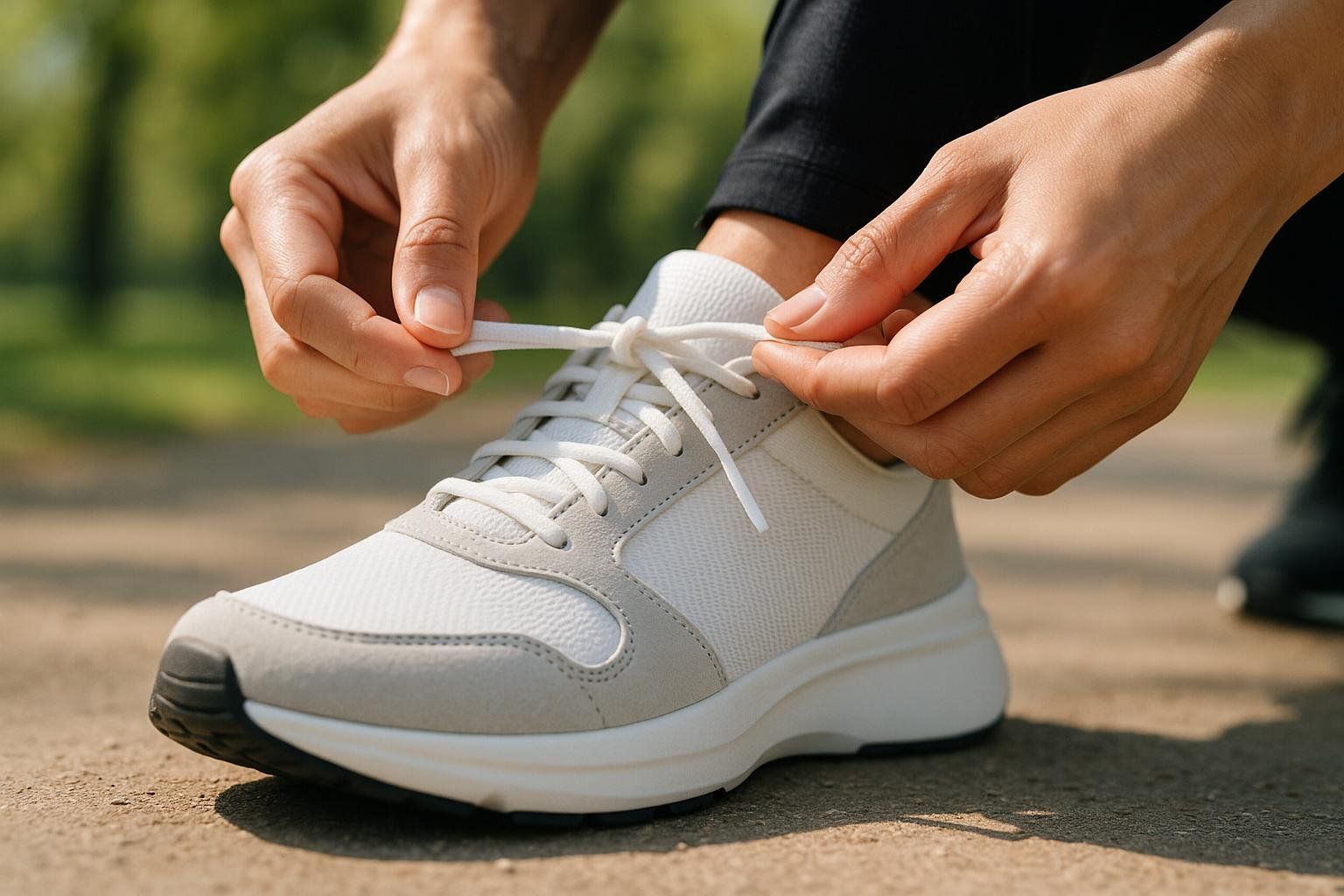
Consult your physician if you have cardiovascular, joint, or metabolic conditions.
3. Baseline Assessment: Know Your Starting Point
- Wear a step tracker for three typical days.
- Calculate your current daily average.
- Note when you hit movement droughts (e.g., afternoon desk slump).
Need tracker hacks? See our guide, Using Your Activity Tracker Like a Pro.
4. 30-Day Plan to Reach 20,000 Steps a Day
Important: If your current average is below 3,000–4,000 steps per day, consider doubling the timeline or consulting a health professional for a gentler ramp-up (e.g., adding 1,000–1,500 steps per week instead of the jumps below). Your joints and motivation will thank you!
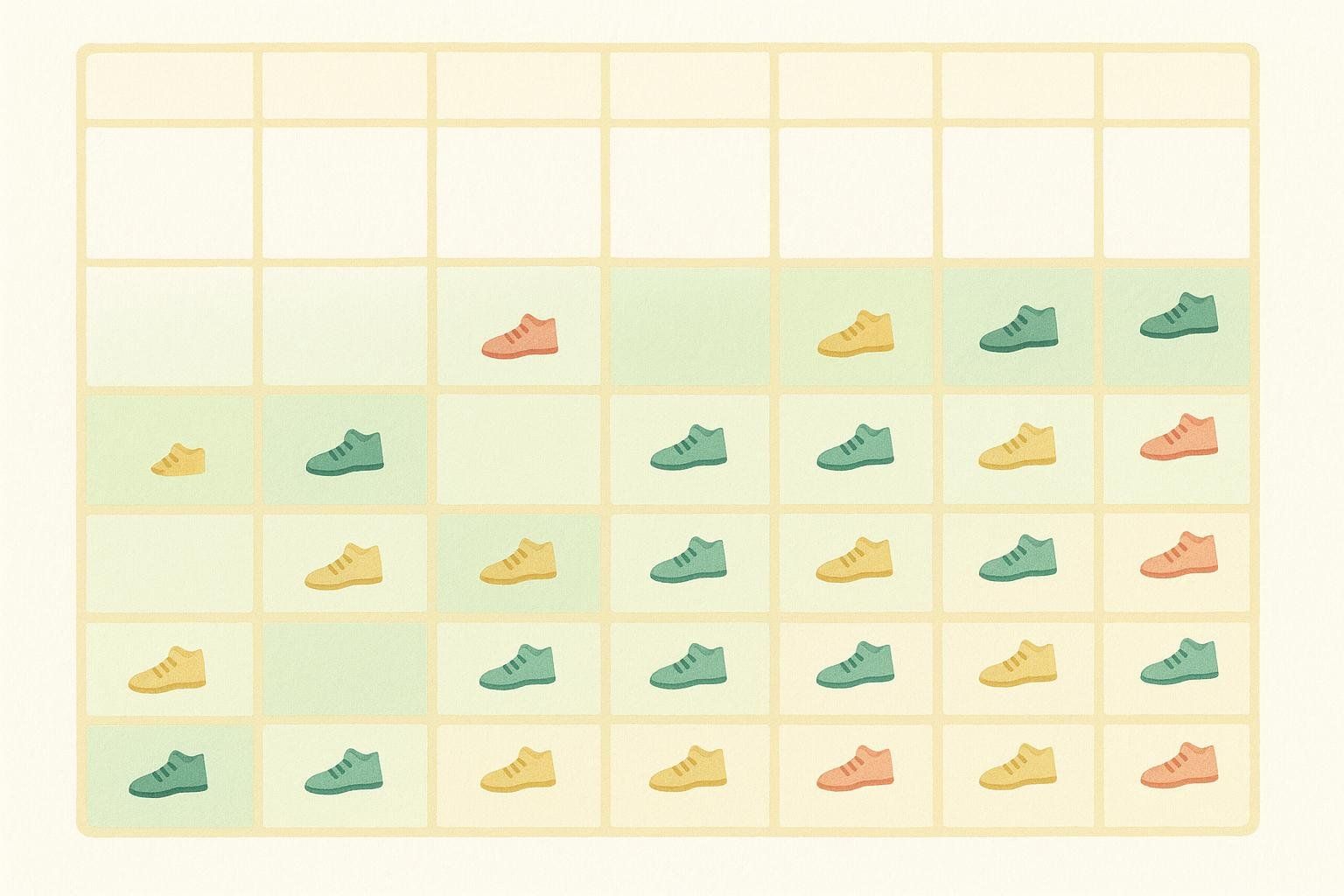
Week 0 (Prep)
- Target: baseline + 2,000 steps/day.
- Dial in footwear, map routes, and complete 5-minute mobility drills.
Week 1 – Reach 10,000 Steps
- Two intentional 20-minute walks daily plus normal movement.
Week 2 – Reach 14,000 Steps
- Add a 15-minute lunchtime “walker’s snack.”
Week 3 – Reach 17,000 Steps
- Introduce a weekend long walk (~90 minutes) to build endurance.
Week 4 – Reach 20,000 Steps
- Split total across 3–4 sessions or one longer trek + errands.
- Include a recovery day (≤ 8,000 steps) mid-week.
Tip: Celebrate your first full 20,000-step day by scheduling a BodySpec DEXA scan to quantify changes in fat and muscle.

5. Calorie-Burn Calculator
| Body Weight | 10,000 Steps | 15,000 Steps | 20,000 Steps |
|---|---|---|---|
| 120 lb (54 kg) | 250 kcal | 375 kcal | 500 kcal |
| 150 lb (68 kg) | 300 kcal | 450 kcal | 600 kcal |
| 180 lb (82 kg) | 360 kcal | 540 kcal | 720 kcal |
| 210 lb (95 kg) | 420 kcal | 630 kcal | 840 kcal |
Assumes 3 mph on level ground. Use a heart-rate monitor for greater precision.
6. Sample Daily Schedules
Fitness-Focused Millennial (Remote Professional)
| Time | Action | Steps |
|---|---|---|
| 7:30 am | 30-min podcast walk | ~4,000 |
| 11:00 am | Phone-call pacing | ~2,000 |
| 1:30 pm | Lunchtime errand loop | ~3,000 |
| 4:00 pm | Standing-desk mini laps | ~2,000 |
| 6:00 pm | 60-min sunset stroll | ~9,000 |
| Total | 20,000 |
Busy Parent (Suburban)
| Time | Action | Steps |
|---|---|---|
| 6:30 am | School-run walk & chat | ~3,000 |
| 10:00 am | Grocery run—park farther away | ~2,000 |
| Noon | Family dog walk | ~2,000 |
| 3:30 pm | Sideline pacing at soccer practice | ~2,000 |
| 7:00 pm | After-dinner neighborhood loop | ~6,000 |
| 9:30 pm | Two 500-step TV-break walks | ~1,000 |
| Total | 20,000 |
7. Gear & Tech Tips
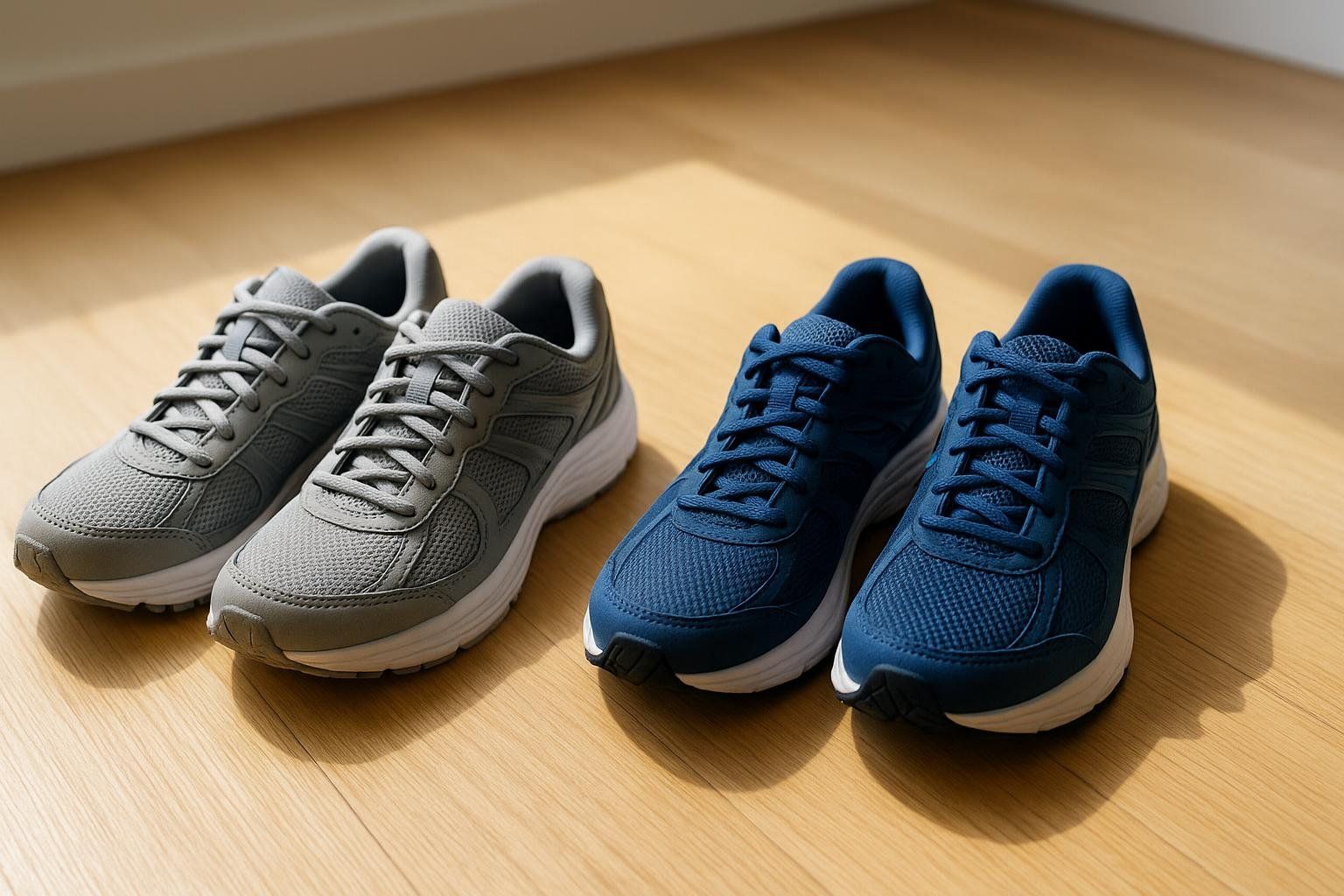
- Footwear rotation. Alternate between two pairs to reduce repetitive stress.
- Moisture-wicking socks. Keep blisters at bay.
- Hourly move alerts. Let your tracker nudge you before long sitting spells.
- Trekking poles on trails. Engage upper body and protect knees.
8. Recovery, Mobility & Injury Prevention
Recommendations from the American Physical Therapy Association and our BodySpec guide, The Benefits of Mobility Training: Stretching and Flexibility, outline a simple 5-minute nightly routine to keep soft tissues healthy:
- 10 calf raises off a stair — see calf-raise cues.
- 30-second per-leg standing quad stretch — review quad-stretch pointers.
- 1-minute foam-roll calves — follow instructions in The Science of Muscle Recovery.
- 30-second kneeling hip-flexor stretch per side — check hip-flexor tips.
- 1-minute diaphragmatic breathing — practice techniques from The Art of Breathing.
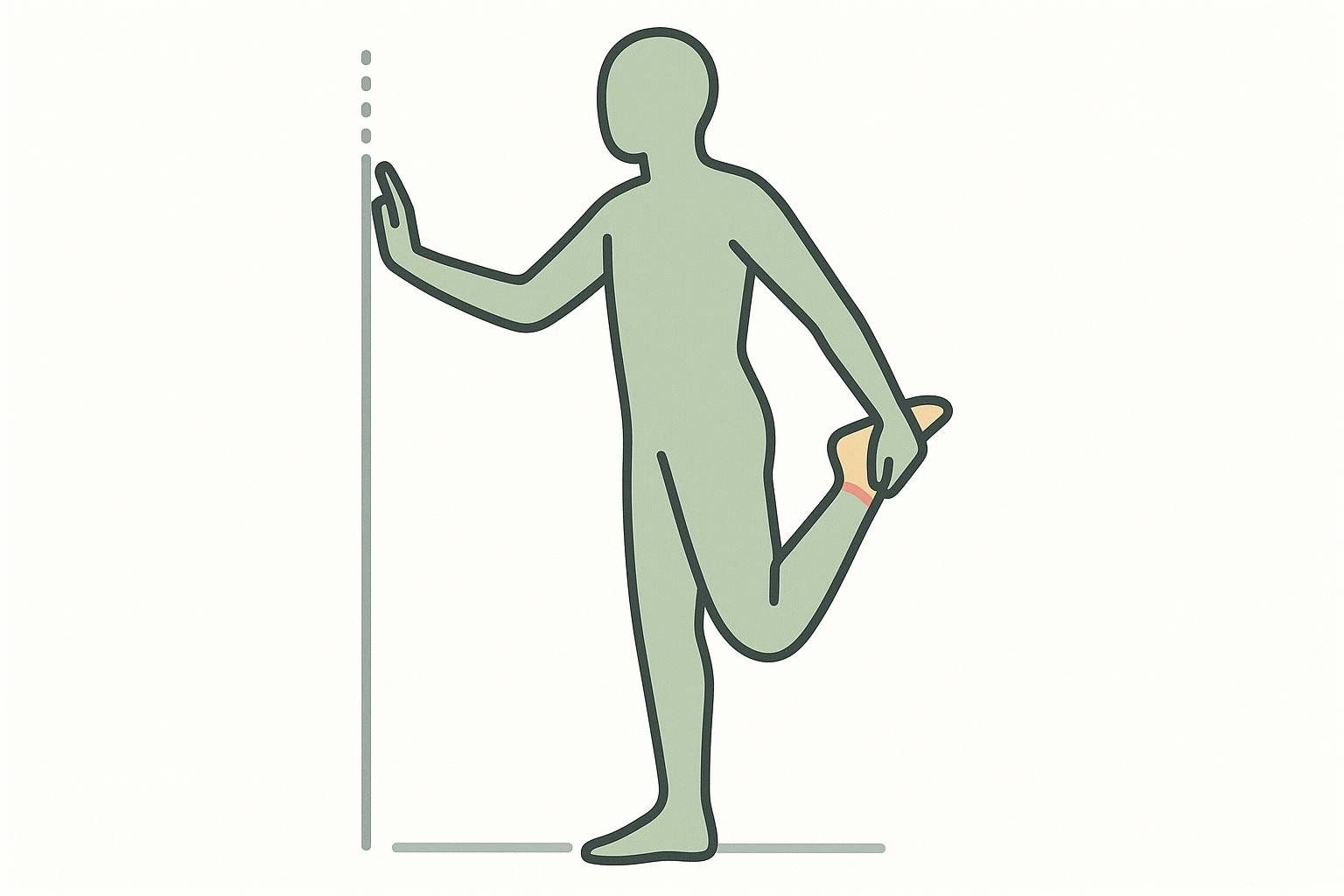
Plan a rest day every 7–10 days where you keep steps below 8,000 and prioritize sleep.
9. Fuel & Hydration Guidelines
| Timing | Nutrition Goal | Example |
|---|---|---|
| Pre-walk (≤ 60 min) | Quick carbs | Banana + 1 tsp nut butter |
| During long walk (> 90 min) | 30–60 g carbs/hr + 300 mg sodium | Dried mango + electrolyte tablet |
| Post-walk | 20 g protein + carbs | Greek yogurt + berries + honey |
Guidelines adapted from the American College of Sports Medicine and International Society of Sports Nutrition. Individual needs vary—consider consulting a registered dietitian for personalized advice.
Hydrate with 0.5–0.7 oz of fluid per lb body weight daily; add 12–16 oz on hot days (Institute of Medicine, 2005).
10. Track Your Transformation With DEXA
Walking changes more than the scale shows. A BodySpec DEXA scan reveals:
- Fat-mass vs. lean-mass shifts
- Visceral-fat score improvements
- Bone-density status
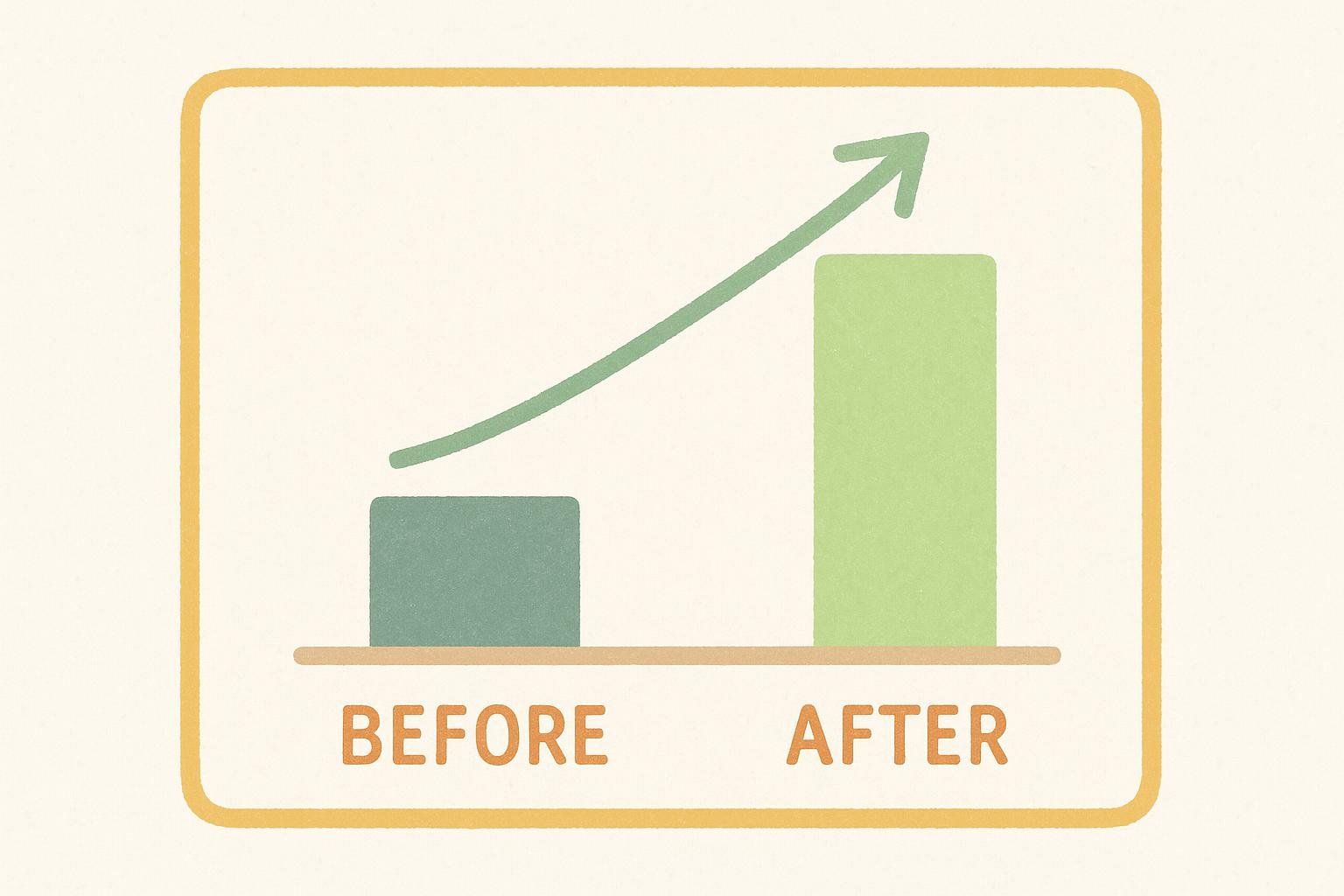
Want objective proof your walks are paying off? Book your BodySpec DEXA scan today to measure your progress before and after the 30-day challenge.
11. FAQ
How long does it take to walk 20,000 steps?
At 3 mph, expect about 3 hours total. Most walkers split this into 2–4 sessions.
Will 20,000 steps help me lose weight?
A daily 500–800 kcal burn can translate to roughly 1 lb of fat loss per week—provided your nutrition stays consistent. For evidence-based meal strategies, see our guide on sustainable weight loss habits.
Do I need running shoes?
Not necessarily; cushioned walking or light-trail shoes work well. Rotate pairs to extend life.
Can I count treadmill steps?
Absolutely—incline walking can even boost calorie burn.
12. Next Steps
Pick your start date, lace up, and tag #BodySpec20K to share milestones. Consistency on your journey to 20,000 steps a day sets the stage for measurable body-composition changes tomorrow.
